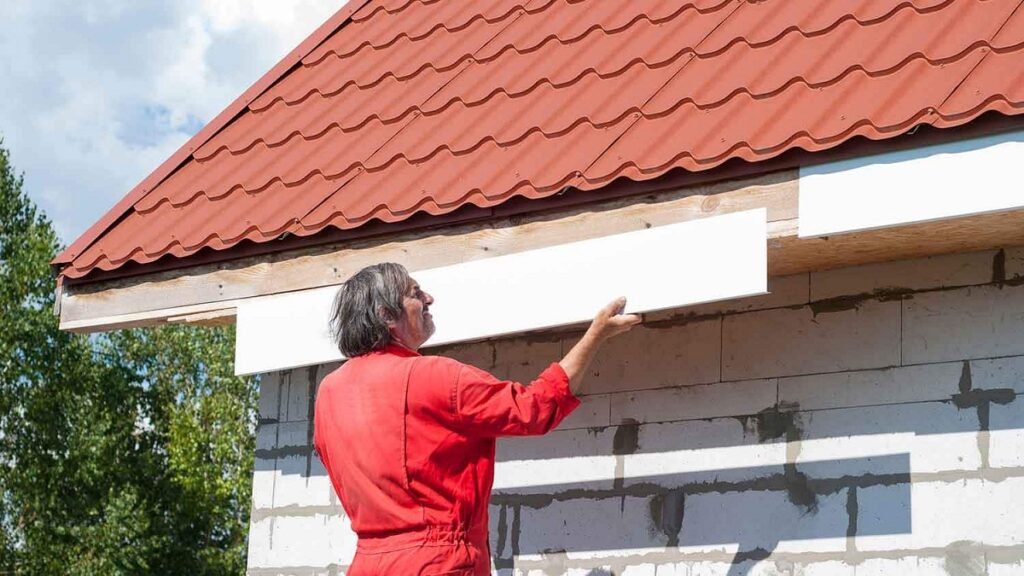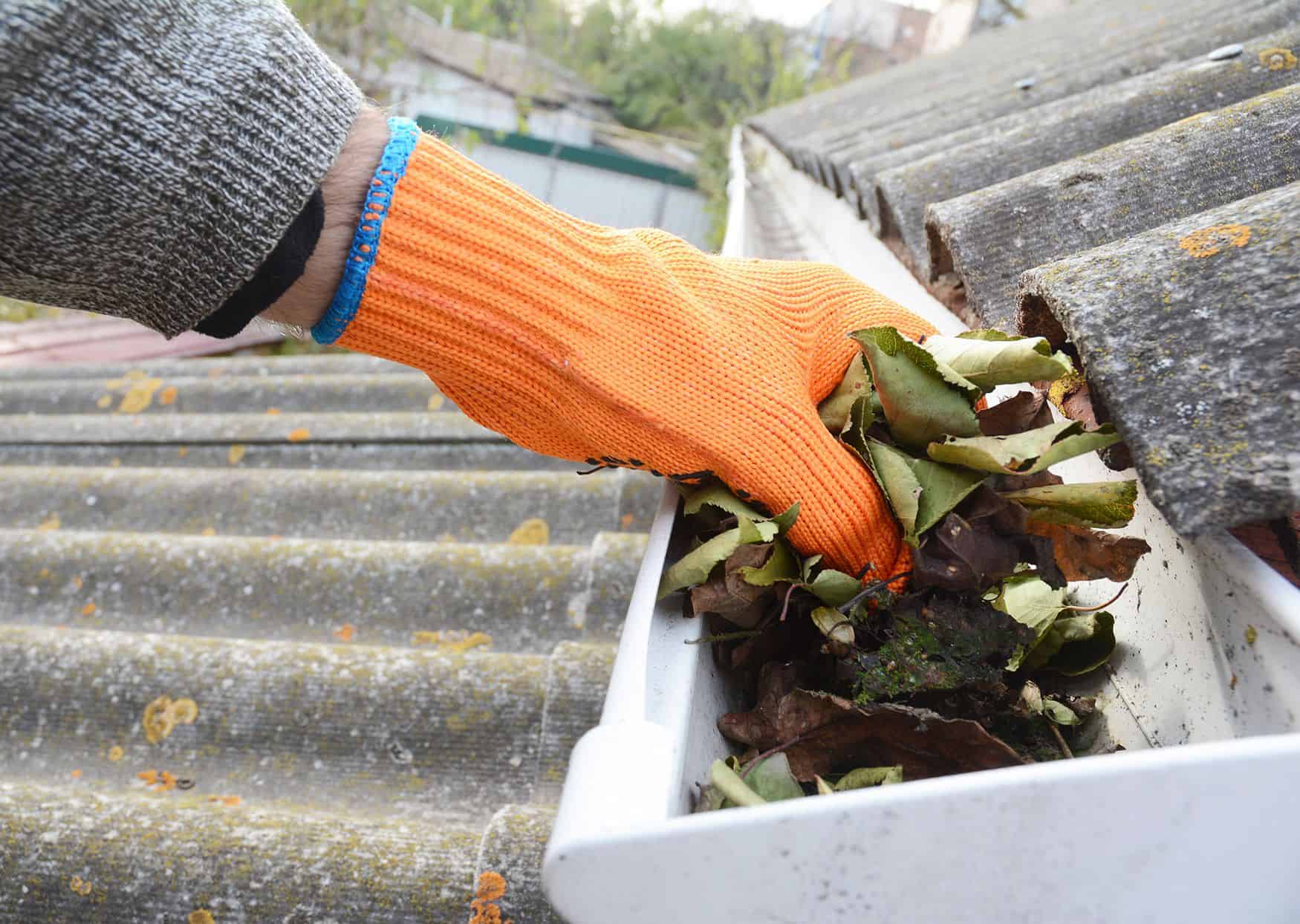
Gutter removal can be a messy and time-consuming process, but it’s important to know how to remove them properly without damaging the fascia or eaves. In this article, we’ll walk you through the essential steps for a safe and effective gutter removal process.
Prioritize safety and prepare the necessary tools before beginning. This includes a sturdy ladder, a spotter to hold the ladder steady and plastic bags or tarps to collect screws, nails, rivets and gutter sections as you work.
Ladder
Before you start the process of removing your gutters, carefully inspect them to make sure that they are in good condition. In particular, you’ll want to make sure that they aren’t clogged with debris and that their downspouts are in working order. If you find that either of these is the case, then it’s best to call a professional pest control company to handle the problem before it gets out of hand.
You’ll also want to prepare the area where you’ll be working before you start removing your gutters. Clear the area of any obstacles that may interfere with ladder placement and ensure that you have adequate lighting for the task at hand. Additionally, it’s a good idea to cover any delicate plants or other items that you don’t want to get damaged by dust or other falling debris.
Once you’ve prepared the work area, it’s time to set up your ladder. Choose a ladder that’s suitable for the job, such as a standard A-frame ladder or an extension ladder that can reach your gutters. Once the ladder is in place, be sure to use proper safety accessories, such as ladder stabilizers or stand-offs, and follow the 4-to-1 rule (for every four feet of ladder height, the base should be one foot away from the gutters). Lastly, always keep three points of contact with the ladder when climbing.
Safety Gear
Ensure that you have all of the necessary tools and safety gear on hand before starting to clean out your gutters. It’s important to wear sturdy work gloves and protective eyewear, as gutter debris is often contaminated with pest feces. The feces will irritate the skin and eyes, and they can also float away at high speeds, which can be dangerous. Wearing the right equipment can make the task much more manageable and less stressful.
You’ll also need a ladder that is in good condition and properly set up on the ground. It’s a good idea to have a spotter to help hold the ladder steady while you’re working on it. Finally, a tarp to catch nails, screws, spikes, gutter sections and other hardware will keep them from littering your yard or deck. It’s also a good idea to have a tube of caulk to patch holes left behind when you remove gutter brackets.
Begin by removing the downspouts, then work your way back to the corners of the roof. Once you have all of the gutter sections loose, you can begin to detach them from the hangers. You may need to use a screwdriver or drill to disconnect the fasteners. It’s a good idea to wear a pair of insulated work gloves when doing this, as the metal can be very hot.
Downspouts
Whether your gutters are old or new, they will likely get clogged over time. A professional gutter cleaning service can help to clear out any blockages and to clean your gutters, ensuring that rainwater can flow freely. In addition, a good way to prevent clogs is by using a gutter guard.
Ideally, you should clean your gutters at least twice a year to reduce the risk of water damage. If you don’t want to deal with the mess of cleaning by hand, consider using a gutter scoop to remove leaves and debris. Afterwards, you can use a garden hose to flush the downspout and test for flow.
If you do have a downspout clog, you can try to break it up with a pipe snake or an auger and then drain it by using a hose with a high-pressure nozzle. Another option is to replace your downspouts with a newer gutter system.
To prepare for a gutter removal, first move any objects from the area that could fall or cause harm if you were to work on a ladder. Next, cover any delicate plants or shrubs with a tarp to protect them from falling debris and to make the area easier to work in. Finally, sweep away any loose debris on the roof and fascia with a broom or leaf blower to make working on the ladder safer.
Tools
Gutters are essential to protect your home from water damage and enhance curb appeal, but they can also become damaged from wear and tear or inclement weather. Proper care and maintenance is required to ensure they last for as long as possible. Whether you are repairing gutters, replacing them or cleaning them, proper tools and safety precautions should be taken to prevent damage to your roof, fascia board and the surrounding area. Prioritizing safety, using the right equipment and following a step-by-step procedure are key to successfully completing this task.
To start, it is important to remove all downspouts from the gutter system before beginning work. This can be accomplished by detaching the downspout from the elbow located beneath the downspout drop outlet and loosening downspout wall straps that keep it secured to the wall. You will then be able to pull the downspout away from the house.
Once all downspouts are removed, you can begin working on removing gutter sections from their mounting brackets. It is a good idea to use plastic bags or tarps to catch any nails, screws or rivets that may fall during the removal process. It is also a good idea to have a tube of caulk handy in case any holes or nicks in the gutters, fascia boards or roofing materials are made during the removal process.






























